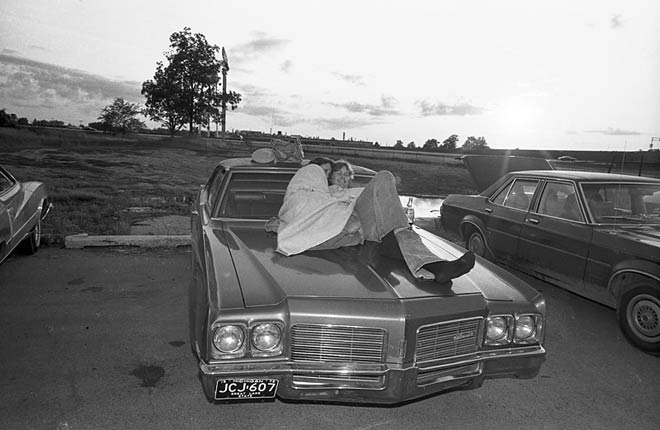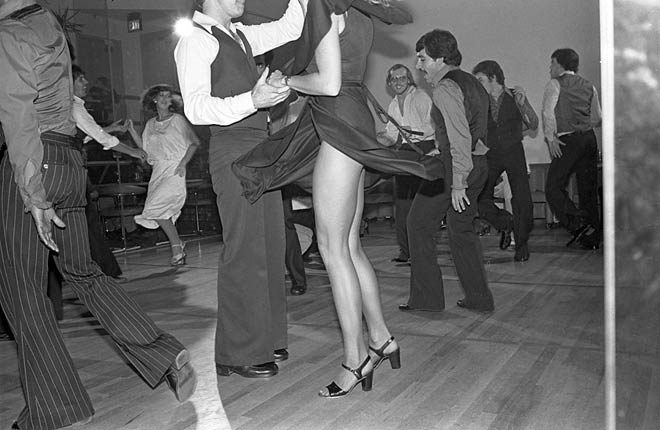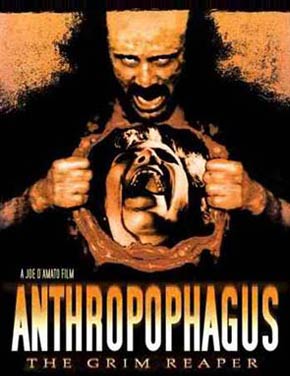‘The mind can only imagine anything, or remember what is past, while the body endures.’ –Spinoza

Feelings, especially the kind that I call primordial feelings, portray the state of the body in our own brain. They serve notice that there is life inside the organism and they inform the brain (and its mind, of course), of whether such life is in balance or not. That feeling is the foundation of the edifice we call conscious mind. When the machinery that builds that foundation is disrupted by disease, the whole edifice collapses. Imagine pulling out the ground floor of a high-rise building and you get the picture. That is, by the way, precisely what happens in certain cases of coma or vegetative state.
Now, where in the brain is that “feel-making” machinery? It is located in the brain stem and it enjoys a privileged situation. It is part of the brain, of course, but it is so closely interconnected with the body that it is best seen as fused with the body. I suspect that one reason why our thoughts are felt comes from that obligatory fusion of body and brain at brain stem level.
{ Antonio Damasio/Wired | Continue reading }
Antonio Damasio is David Dornsife Professor of Neuroscience at the University of Southern California, where he heads USC’s Brain and Creativity Institute.
Damasio’s books deal with the relationship between emotions and feelings, and what their bases may be within the brain. His 1994 book, Descartes’ Error: Emotion, Reason and the Human Brain, is regarded as one of the most influential books of the past two decades.
In his third book, Looking for Spinoza: Joy, Sorrow, and the Feeling Brain, published in 2003, Damasio suggested that Spinoza’s thinking foreshadowed discoveries in biology and neuroscience views on the mind-body problem.
photo { Nathaniel Ward }






























